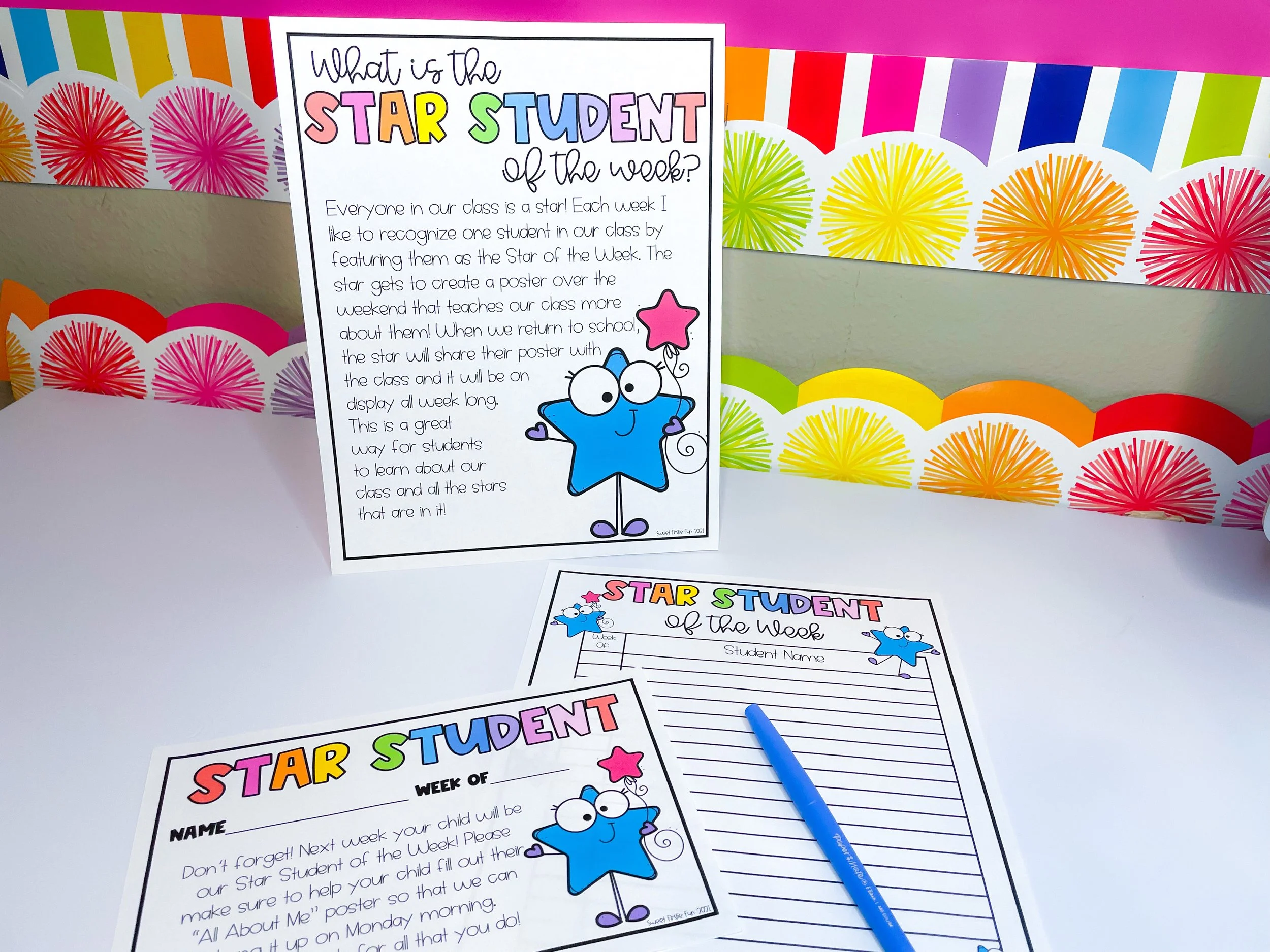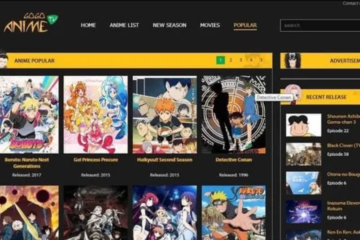When your homework planner shares space with call sheets, the day spins a little faster. Being a student and a star is less about glamour and more about grip—holding on to the things that keep you grounded while everything else moves. The bright lights don’t turn off just because you have a quiz at 8 a.m., and school bells don’t wait for late-night shoots.
The real story sits between those worlds: learning to protect your time, your focus, and your sense of self while giving both stages—classroom and set—your best.
Schedules That Run on Two Clocks
A double-life calendar looks tidy only on paper. Mornings begin with algebra, afternoons drift into rehearsals, and evenings end under studio lights that pretend it’s noon. You learn to treat minutes like currency: five to annotate a poem, ten to pre-block a scene, three to reply to your group project chat.
Adults around you become air-traffic controllers—teachers, managers, parents—coordinating arrivals and departures so you can land safely in both places. It’s not perfect; flights still stack up. But checklists, alarms, and color-coded blocks keep you moving without burning out.
Classrooms, Cameras, and the Space Between
Spotlight follows you to school, but real friends meet you at the locker. You learn the difference quickly. In class, eyes linger longer than you’d like, and a whispered “Is that really them?” can roll across the room like static. Setting boundaries becomes a life skill: no selfies during labs, no spoilers during lunch, and a quiet request that gossip stays outside the door.
Teachers help by normalizing your presence—calling on you for your thesis, not your credits—and by offering private spaces when a lunch break needs to be a reset, not a meet-and-greet.
Keeping Grades Up When the World Is Watching
You start treating attention like a spotlight you can swivel. On set, it faces your lines; at home, it pours onto flashcards and revision guides. Travel days mean lesson packets, cloud drives, and quick calls with a tutor in the back seat.
The trick is converting industry habits into academic wins: table reads become study groups, scene beats mirror essay outlines, and take-after-take persistence trains you to rewrite until the thesis sings. You turn “I can’t, I’m filming” into “I can, but here’s my plan,” and then you keep your promises with quiet, daily discipline.
What Friends, Family, and Mentors Make Possible
Your support circle is the scaffolding that lets you reach higher without wobbling. Parents run interference on overbooked weeks, friends hold your spot in the lab, and mentors remind you that worth isn’t measured in opening-weekend numbers. A good coach reframes pressure as practice; a wise counselor helps you choose projects that feed your growth, not just your feed.
For younger performers, a Montessori school can provide flexible pacing and hands-on projects that travel well. The common thread is care—people who know your real name, not just your stage one, and treat both with respect.
Conclusion
Being a student and a star is not a magic trick; it’s a series of small, steadfast choices made every day. You protect your time, strengthen your boundaries, and let the right people help. You bring discipline from the set to the study hall and curiosity from class back to the craft.
When both worlds feel loud, you return to simple anchors—a notebook page, a deep breath, a text from a friend—so the work stays honest and the learning stays alive. That is the real balancing act, and it’s worth every step.
Keep an eye for more latest news & updates on Forbes Zine!




